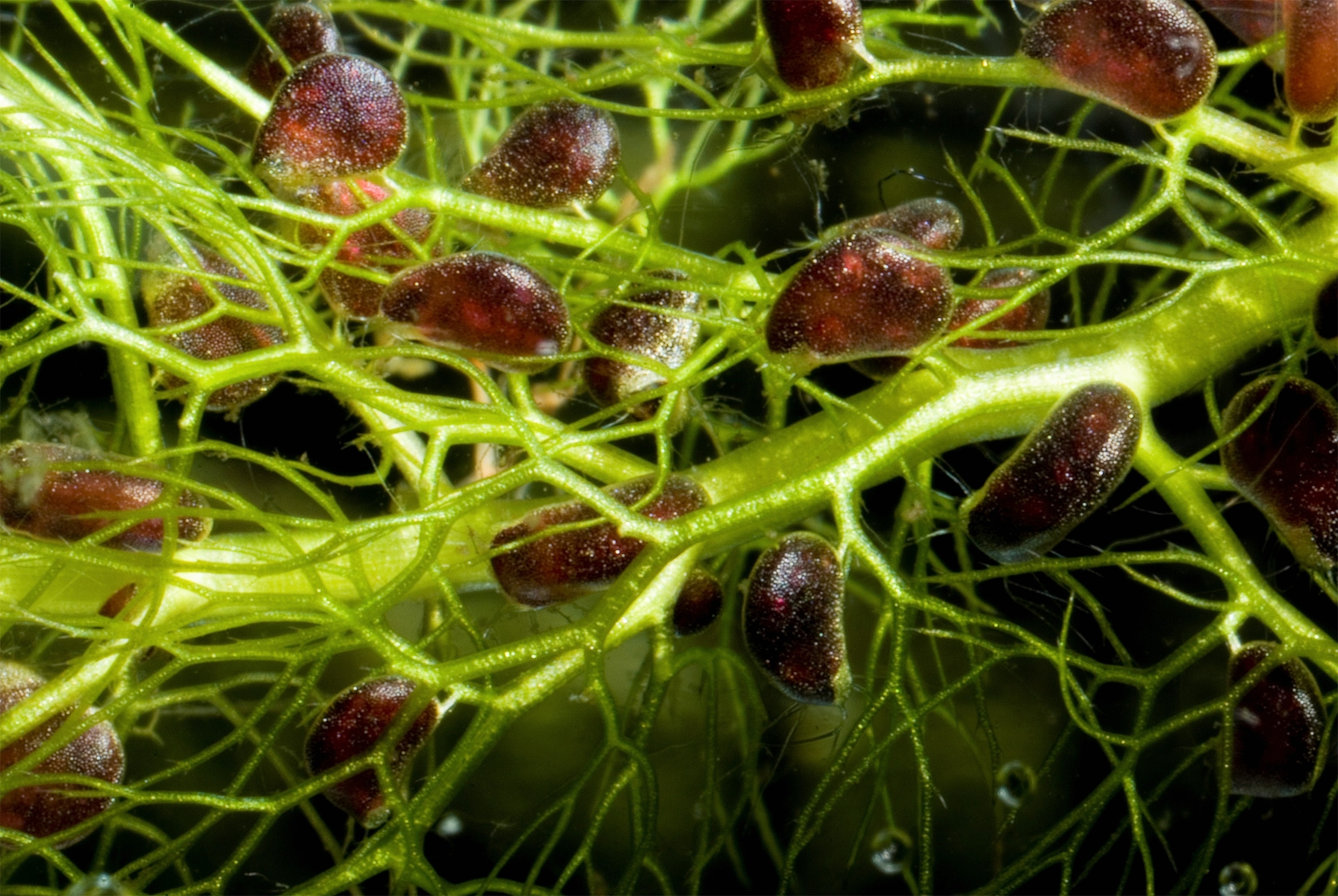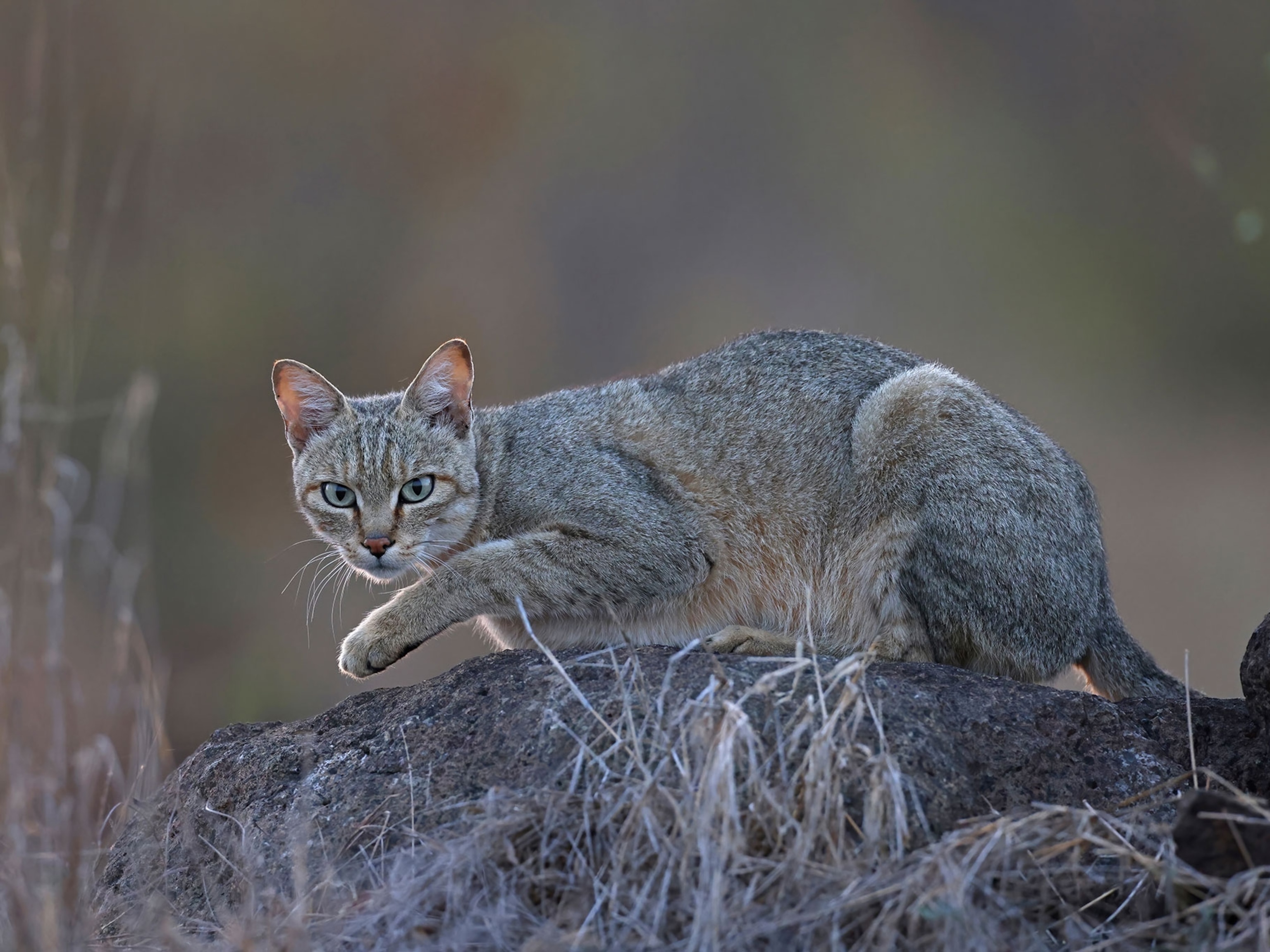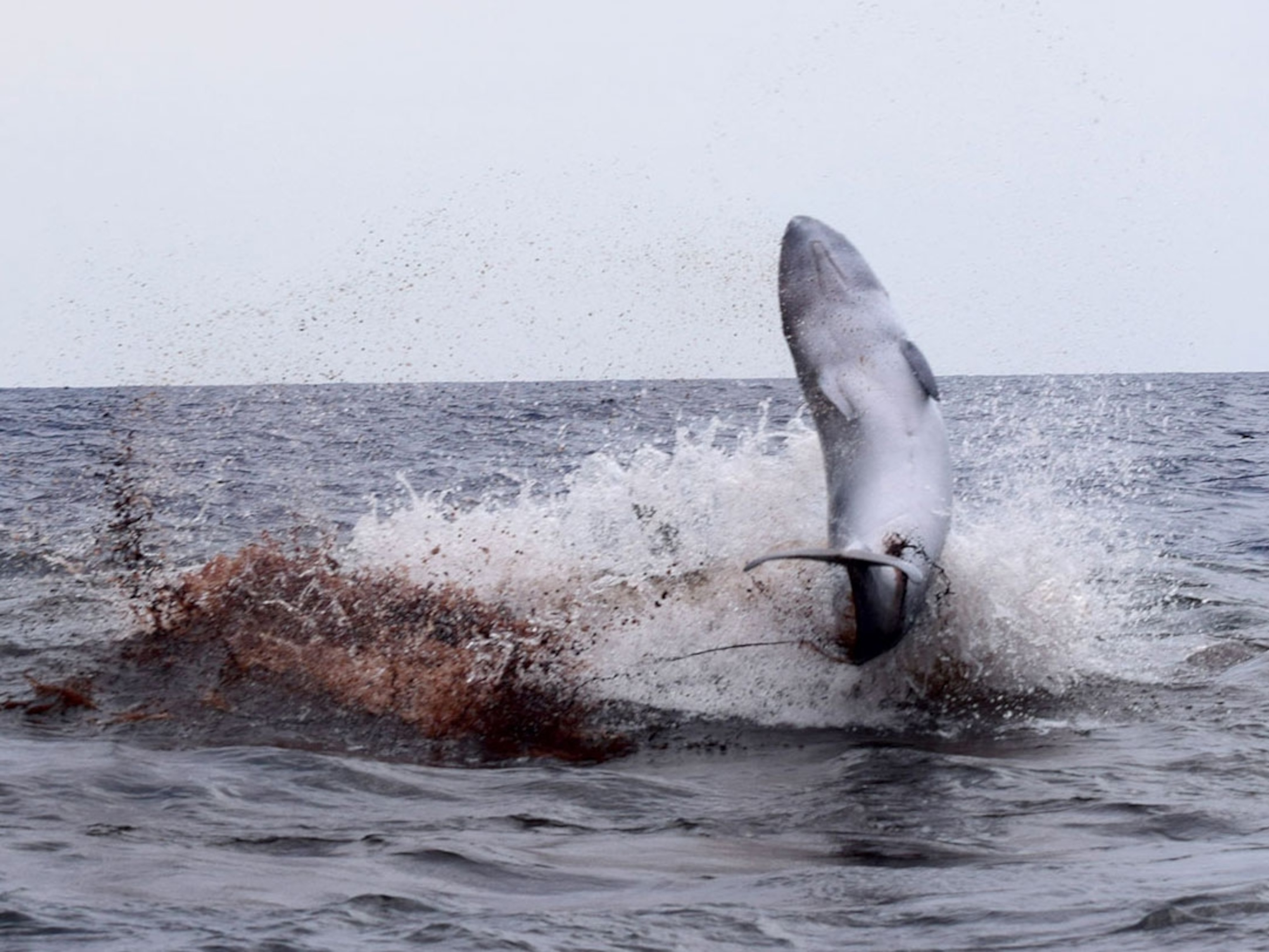
Weird Animal Question of the Week: What's the Biggest Killer Plant?
Some meat-eating plants are big enough to digest a small mammal.
With Halloween around the corner, it's as good a time as any to take a closer look at carnivorous plants.
We used author's prerogative to ask our Weird Animal Question of the Week about the coolest facts on meat-eating flora, which Darwin called "the most wonderful in the world."
"Everyone loves carnivorous plants," said Aaron Ellison, a senior research fellow at Harvard Forest (the university's ecological research area) and an expert in killer flora.
The biggest, he said, may be the endangered Nepenthes rajah of Borneo. "It could eat a good-sized rat or small mammal." (See more pictures of killer plants.)
Insects and other prey are lured by the plant's scent, but slip off the waxy surface into the pitcher-shaped center and are consumed by the plant's digestive fluids.
Ellison recommends looking at Wikipedia photos of the tubular plants, including the record holder, which measured 16 inches (41 centimeters) long. "That's a foot and change, so it can hold up to a gallon of water," he said.
In contrast, "the biggest ones we have here [in the U.S.] couldn't eat anything bigger than a small salamander."

Botanical Beasties
Ellison studies a species of New England pitcher plant, Sarracenia purpurea.
Just like in our stomachs or cows' stomachs, the inside of a pitcher plant has a whole staff of micro-organisms that help it digest its food, he said.
Bacteria, protozoa, and mosquito and midge larvae all help the plant to get the nutrients it needs, so the bowl- or pitcher-shaped part of the plant can really be thought of as a little belly.
But what's the creepiest fate of things that fall into the belly—or "jaws"—of these botanical beasties?
"Oh, my ... They're all so good," Ellison said, but finally settled on the prey of the bladderwort, a genus of more than 200 species that have been described as a "a better mousetrap," Ellison says. (Related: "Carnivorous Plants Glow to Attract Prey.")

Bladderworts, which live in freshwater environments, have tiny bladders, each with "a little vacuum of air under the water with two little hairs outside of it," which a tiny crustacean or copepod will think is prey.
A valve opens up and whoosh! The animal is trapped inside, and "the first thing the plant does is it pumps all the water out, and so now [the prey] is essentially drowning in air," he said.
"That's a pretty nasty one."
There's no pleasant way to die in a carnivorous plant, but one bug has gotten wise and is outsmarting the pitchers.
The diving ant (Camponotus schmitzi) has learned to swim inside some Asian pitcher plants and steal some of the sludge—and possibly other decomposing ants—for food.
"Evolution is always working in strange ways," Ellison said.
Too Cool for Their Own Good
Everybody might love carnivorous plants, but possibly too much for their own good.
In addition to suffering from environmental changes like pollution, carnivorous plants are also suffering from their own popularity at the hands of poachers, who pinch plants like threatened Venus flytraps to sell on the black market. (Related: "Meat-Eating Plants Getting 'Full' on Pollution.")
Of course, if you're a poacher, "when you go and collect carnivorous plants, you could fall in and be captured," Ellison joked. "That's a Halloween story."
But we could just let the poachers think that. After all, what's Halloween without a trick?
Got a question about the weird and wild animal world? Tweet me or leave me a note or photo in the comments below. You can also follow me on Facebook.





